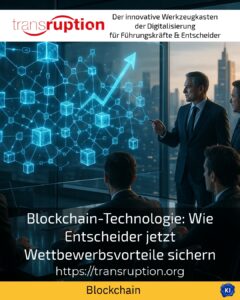Part 01: Introduction
Demographic change is also affecting the labour market. The much-described shortage of skilled labour is only the tip of the iceberg, as the battle for talent will become increasingly fierce in the coming years.
However, the strategies that companies use to retain their employees are also crucial here. Generation Y can no longer do anything with the traditional and rigid hierarchy and classic leadership. Leadership 2.0 is the motto here.
Part 02: Flat hierarchies and modern media
As the new employees of the so-called Generation Y are among the "digital natives", i.e. people who have grown up with computers and smartphones, Leadership 2.0 must also rely on these channels in order to be able to interact with employees at an effective level. Terms such as internet leadership and social media leadership are the most important factors here.
This is because employees expect not only a more team-orientated way of working, but above all internal communication that can be described as social media leadership.
Part 03: Leadership with social media - Internet leadership in perfection
More and more companies are using the internet and social networks to communicate with their employees. Leadership with social media can thus not only securely reach all employees, but also impresses above all with its short response times and direct feedback. And it is precisely this feedback that is particularly important for this generation of employees.
If internet leadership is used skilfully, decisions can not only be made more quickly, but can also be better coordinated with the relevant employees. In this way, social media leadership ensures better integration of the management level into the employee team and allows employees to actively participate in decision-making processes.
Part 04: Leadership 2.0 - Utilisation of different channels
In addition to leadership with social media, internet leadership can also be chosen, which is based on in-house communication protocols or media. This Leadership 2.0 is less dependent on external programmes and services and, in contrast to social media leadership, also allows sensitive data to be exchanged with employees.
With a well-established and functioning IT solution behind them, employees can be addressed in a much more targeted manner and the benefits of leadership with social media can be combined with the various elements of data exchange.
















